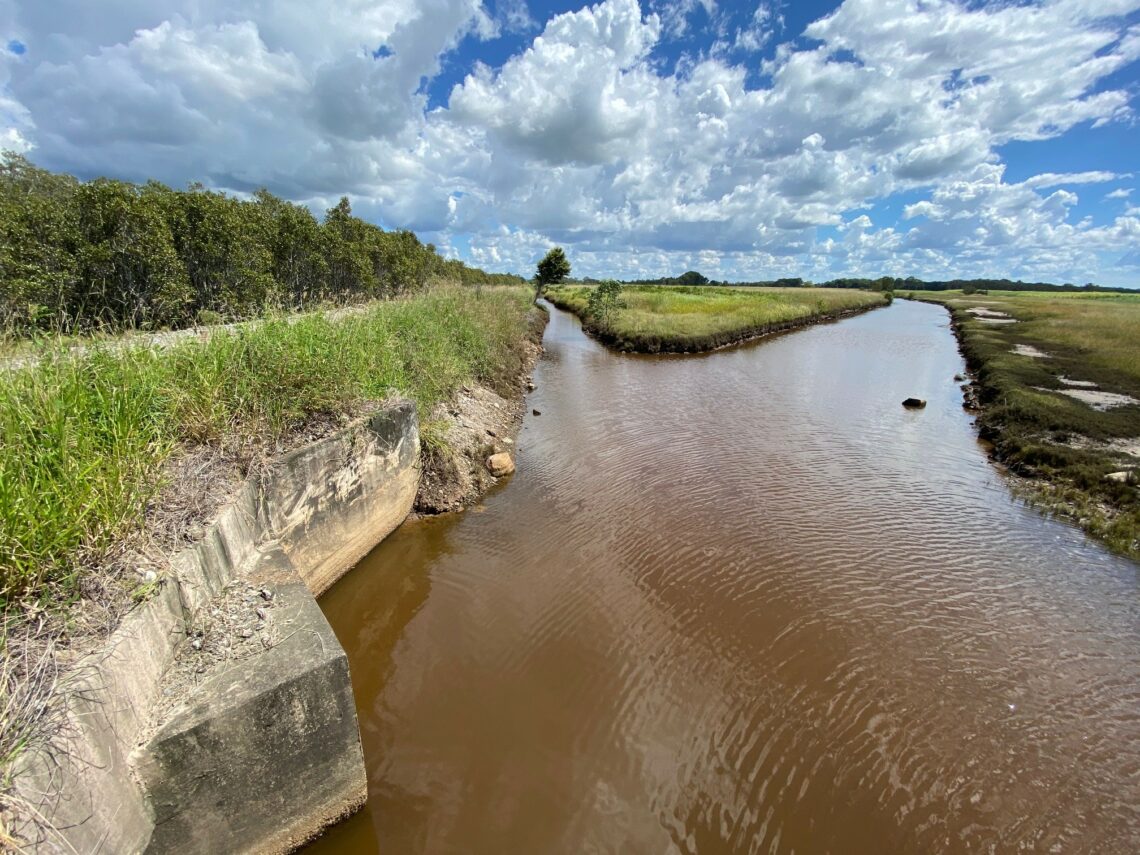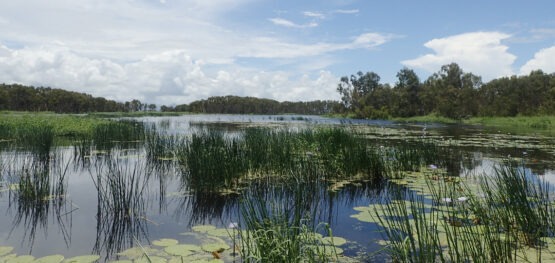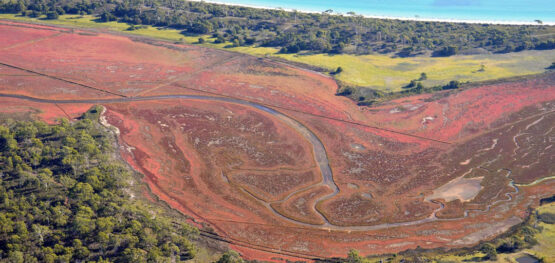Article
3 October 2024
A large proportion of Australia’s coastal wetlands have been lost or degraded due to drainage and exclusion of tidal flows for agriculture, urban and industrial land-uses.
Restoration efforts face challenges due to the limited data available on potential project locations and their blue carbon value (carbon-capture in vegetation and soils). The need for feasibility studies to secure carbon market funding can hinder progress.
A paper published in the Journal of Environmental Management in October introduces a regional-scale approach to identifying coastal wetland restoration sites. It was developed in the hub project: ‘Coastal wetland restoration for carbon accounting' led by Dr Valerie Hagger of the University of Queensland.
The novel approach integrates ecological restoration with economic viability for a location of interest, allowing policymakers and planners to identify regions that provide blue carbon, biodiversity, fisheries, water quality, and coastal protection benefits.
What sets this approach apart is its active engagement with Traditional Custodians and incorporation of local knowledge, ensuring the restoration is tailored to each region’s needs. It also takes into account potential impacts on threatened and migratory species, particularly those inhabiting artificially created freshwater wetlands that may be restored to natural tidal wetlands. This level of detail is essential to meeting conservation goals.
Another major finding of this project is the importance of co-benefits at restoration sites. The delivery of more co-benefits at sites is likely to result in higher carbon prices and could make wetland restoration more economically feasible.
“The strategic identification of coastal wetland restoration sites that provide multiple ecosystem services is important for the success of blue carbon projects,” Dr Hagger says. “Restoration projects that bundle multiple benefits are key to making effective use of public funding.”
The new approach provides an important tool for regions looking to restore coastal wetlands. By offering a blueprint for regional restoration, it can guide planning efforts for coastal wetland restoration that also deliver environmental, cultural, and economic benefits.

Further reading
Lessons learned on the feasibility of coastal wetland restoration for blue carbon and co-benefits: journal article.



